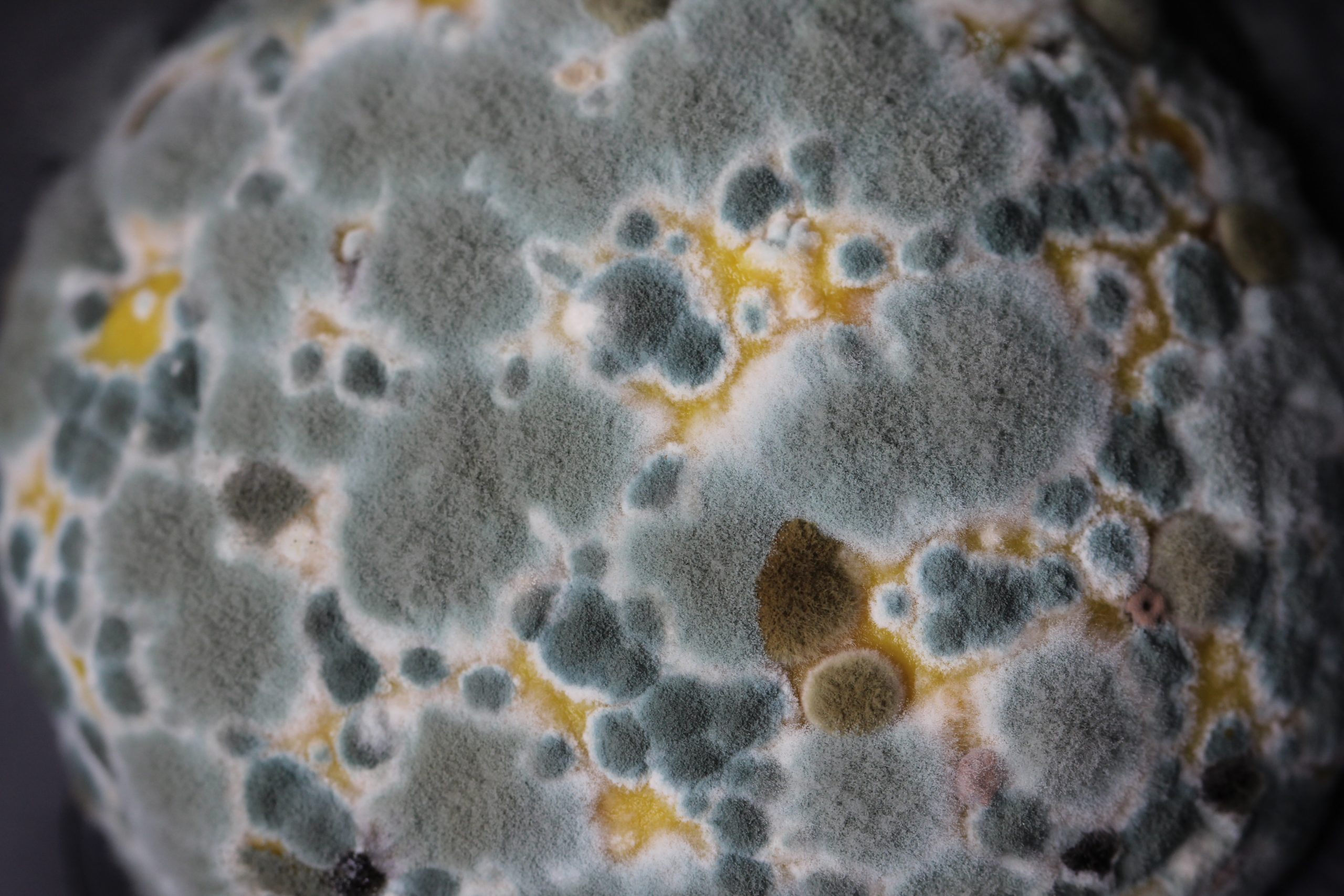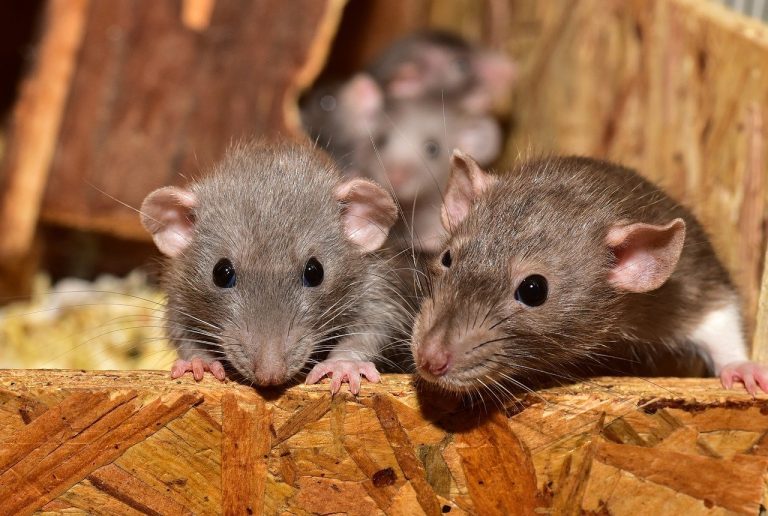How to Test for Mold Toxicity?
Those musty smells in your basement could point to a hidden culprit behind your chronic health problems: mold. Mold is a fungus found both outdoors and indoors. When certain types grow inside your home or workplace, you may develop mold-related illnesses.
The symptoms of mold-induced toxicity are often vague — like fatigue, memory problems, gut issues, and muscle aches. So, it’s easy to attribute them to other causes. On top of that, you don’t always know when you’re exposed to toxic mold. Due to these factors, mold illness often goes unrecognized. But mold can be a barrier to overcoming complex, chronic health issues. If mold is a culprit for you, it’s crucial to identify and address it.
What is mold toxicity?
You’re likely familiar with mold allergies. But you may wonder how they differ from mold toxicity, also called chronic mold illness. In short, poisons produced by mold can cause illness that extends beyond common mold allergies. Mold allergy symptoms tend to be limited to your respiratory tract, eyes, and skin — such as a runny nose and itchy eyes.
Allergies happen when your immune system overreacts to mold spores. Those are dormant forms of fungi. They’re lightweight and easily float through the air. The buildings that harbor mold toxins are water-damaged buildings. This damage can result from any water intrusion — such as from flooding, melting snow, or leaky pipes. Everyday activities like showering without good ventilation are risks, too. Warm, humid environments also increase mold growth risk. Toxic mold growth could happen in any type of building. The most problematic ones are those where you spend a lot of time. That includes homes, workplaces, and schools.
What types of mold cause problems?
You must have heard of black molds, which sometimes make news headlines. It is greenish-black in color and well known to contribute to mold-induced toxicity. But black mold is far from the only mold that can harm your health. And Stachybotrys chartarum is not the only mold that can appear black.
Examples of other types of mold often found in toxic indoor environments include:
- Aspergillus
- Chaetomium
- Cladosporium
- Fusarium
- Penicillium
- Rhizopus
- Wallemia
Several of these molds have many different species or subtypes. Some of these are more problematic than others. For example, Aspergillus niger, Chaetomium globosum, and Wallemia sebi are species that produce toxins. Elevated levels of these molds in your home could harm your health.
Do toxins molds produce?
Yes, they do. The two main types of toxins molds produce are mycotoxins and microbial volatile organic compounds. Mycotoxins hitch a ride on mold spores or fragments of mold so they can travel through the air. In contrast, microbial volatile organic compounds easily travel through the air on their own, as they’re gases. You take in these mold toxins by breathing, touching, or swallowing them. Plus, mold may form colonies inside you and produce mycotoxins.
Mycotoxins
These are poisonous chemicals produced by mold. They help molds defend their territory from other microbes. These mycotoxins are harmful to humans no matter how little. You should be mindful of these poisonous chemicals produced by molds. In fact, scientists say that mycotoxins are more harmful than pesticides. It’s also thought that some countries have attempted to use concentrated doses of mycotoxins in biological warfare.
Some common mycotoxins and ways they can adversely impact your health include:
- Aflatoxins: These are produced by Aspergillus flavus and some penicillium species, among others. Aflatoxins are linked with an increased risk of liver cancer.
- Ochratoxins A: These mycotoxins can suppress your immune system. They can also damage your nerves and impair brain function. Some of this could be due to the oxidative stress, also known as free radical damage that it triggers.
- Trichothecenes: These are produced by black mold (stachybotrys), as well as some other molds. They can interfere with your cells’ ability to make proteins your body needs. They can also impair your immunity, trigger oxidative stress, and damage nerves.
There are hundreds of different mycotoxins produced by molds. The mold of toxicity varies. Also note that they can also harm your mitochondria, kidneys, and lungs.
Microbial Volatile Organic Compounds (mVOCs)
Remember the musty odor you associate with mold? The mVOCs cause those. In contrast, mycotoxins are generally odorless. Not only do mVOCs smell bad, but some are also toxic. Part of their toxicity stems from their production of damaging free radicals. So don’t think that a building doesn’t have a mold exposure problems If you don’t smell anything musty. Toxic mold may be lurking even without a noticeable odor.
How do you know if mold is making you sick?
The symptoms of mold toxicity vary from person to person. Practitioners have observed that people living or working in the same water-damaged building may have different symptoms. And, some people may not be noticeably affected by the mold. Some factors that may affect your susceptibility to mold include your toxin load, health status, and length of exposure. Genetics can also make a difference.
Based on certain genes (called HLA-DR), 24% of people are more susceptible to mold toxicity. If you have these genetics, your immune system doesn’t readily tag mold toxins and get rid of them. They may build up and make you sick. Still, this doesn’t mean the rest of the population can tolerate excessive toxic mold exposure. A severe mold problem can also impact healthy people. But only sensitive people with certain genetics may be affected by smaller amounts of mycotoxins.
What are the signs of mold toxicity?
There’s no “clear-cut” list of signs and symptoms that specifically point to mold illness. You may not even recall or be aware you’ve been exposed to mold. But one possible clue is a sudden, unexplainable downturn in your health. This can lead to a series of doctor visits. You may be given a diagnosis of chronic fatigue syndrome (CFS), fibromyalgia, or irritable bowel syndrome. But this is overlooking the root cause.
For example, in a study of people with CFS, about 90% had spent significant time in a water-damaged building. And, 93% of the people had at least one type of mycotoxin in their urine. In contrast, healthy people had no detectable urine mycotoxins.







